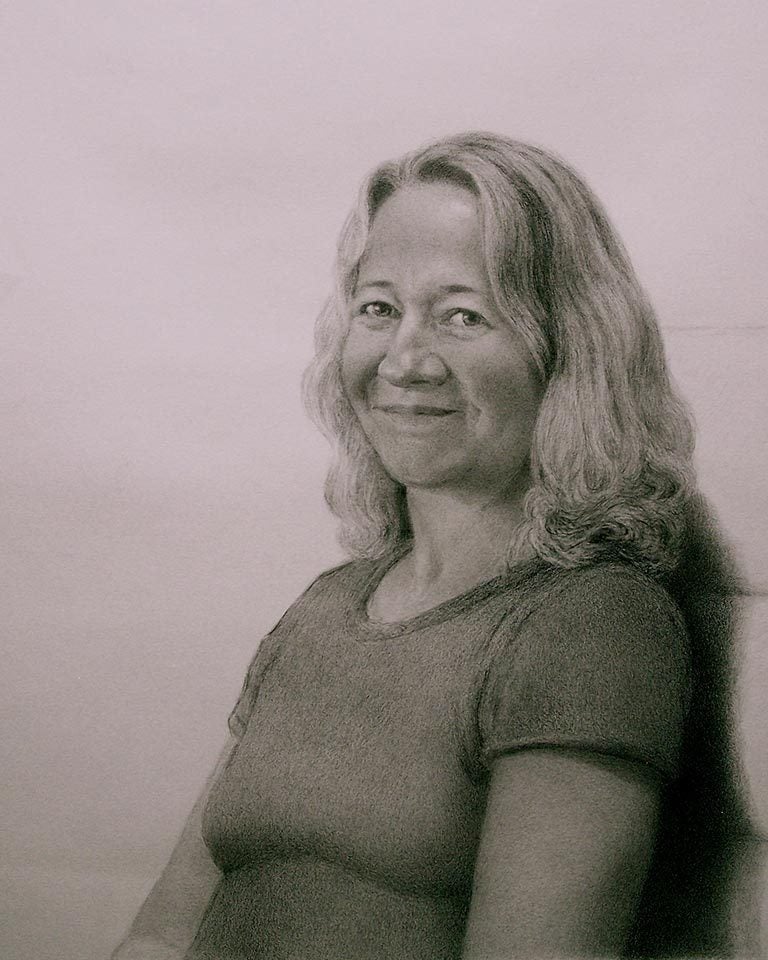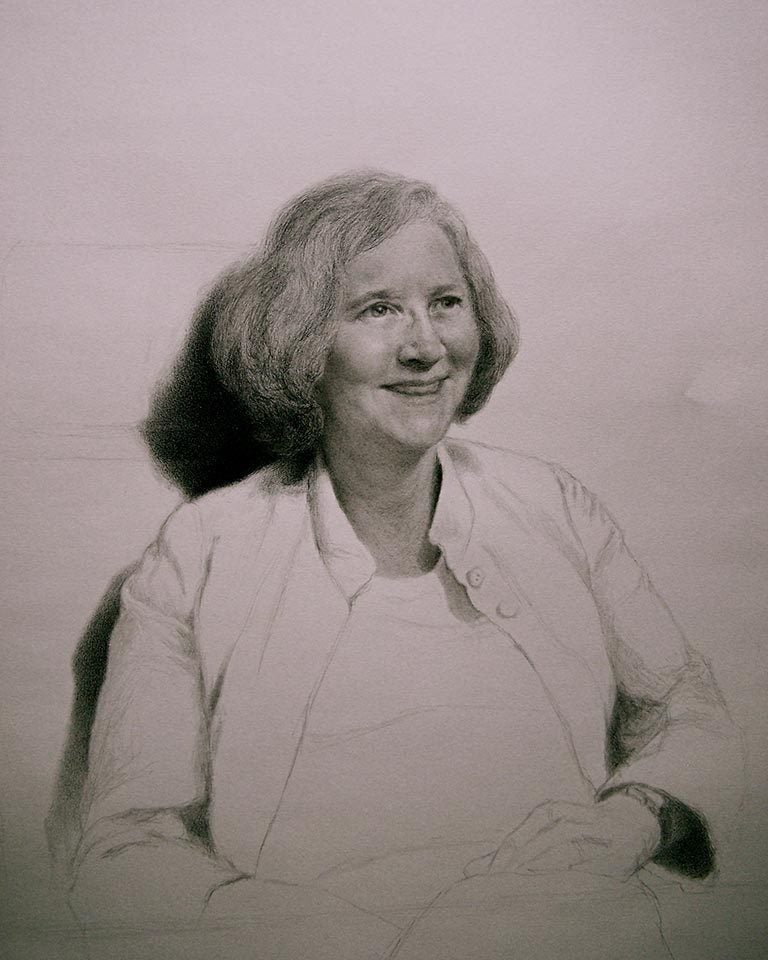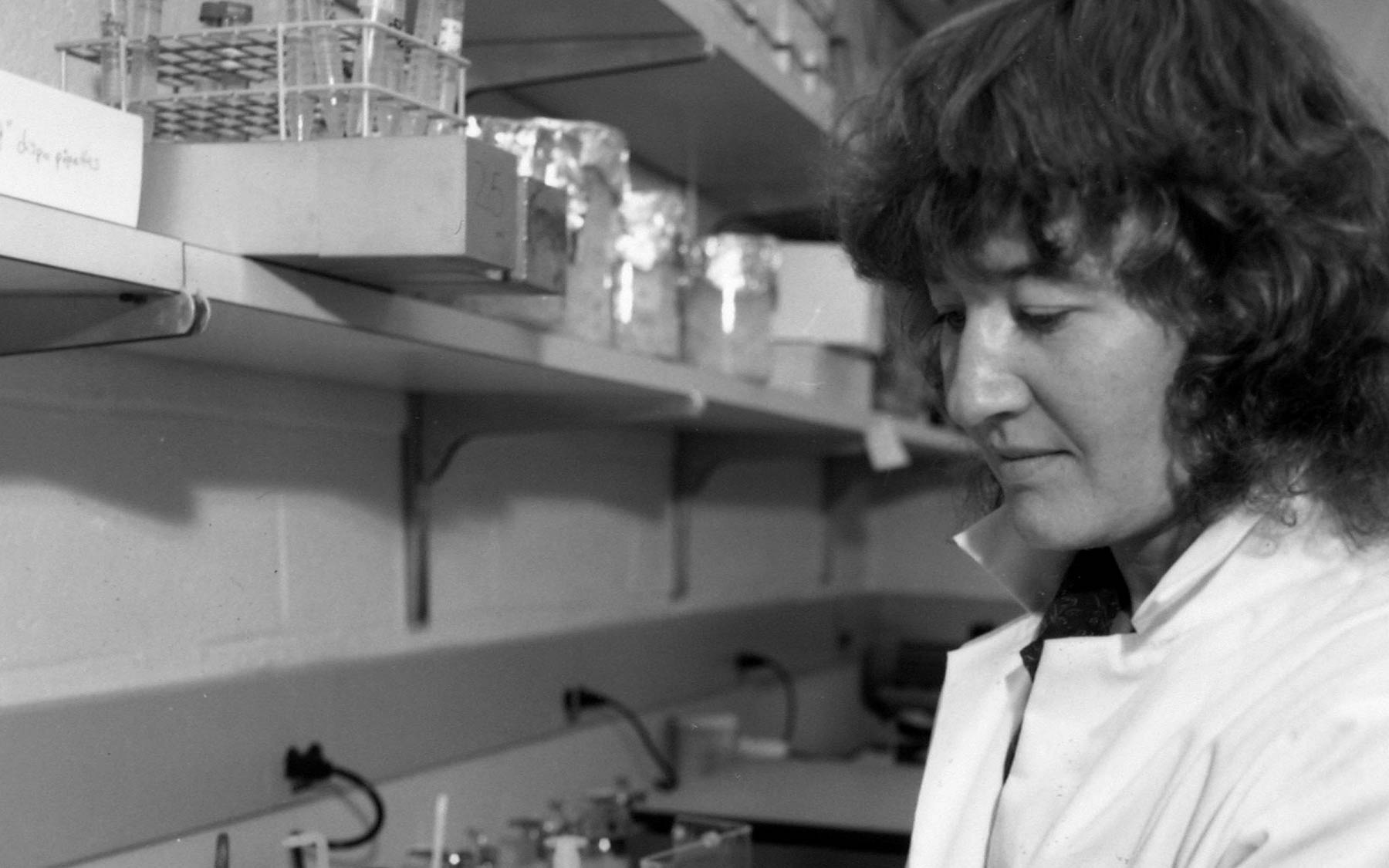Carol Greider, Ph.D., for 10 years a CSHL Fellow and Faculty Investigator, made major discoveries in telomere biochemistry and regulation
Cold Spring Harbor, NY In response to the announcement today that Carol Greider, Ph.D., has been named a Nobel laureate, Cold Spring Harbor Laboratory President Bruce Stillman said, “Congratulations to Cold Spring Harbor Laboratory (CSHL) alumna Carol Greider and her colleagues Elizabeth Blackburn and Jack Szostak for winning the 2009 Nobel Prize for Physiology or Medicine.
CSHL President Bruce Stillman comments on the significance Dr. Greider’s work on telomere biochemistry and regulation

“Carol was one of the first young scientists to be appointed a Cold Spring Harbor Laboratory Fellow. By selecting her for this unique program, we recognized her as an outstanding young investigator with the potential to become a leader in biomedical research. During her fellowship from 1988-1990, she identified the key mechanism by which the telomerase enzyme adds DNA to the ends of chromosomes. Carol continued her research career at CSHL as a member of our faculty from 1990-1997. We are proud of Carol’s scientific achievements and grateful to her for continuing to support CSHL as part of this institution’s Scientific Advisory Council.”
CSHL has played a significant role in promoting research on telomeres, dating back to investigations led by CSHL alumna and Nobel laureate Barbara McClintock, the renowned plant geneticist who discovered that the ends of broken chromosomes are unstable, but that the natural ends—which she called telomeres—are stable. Telomeres are now understood to be regions of repetitive DNA at the ends of chromosomes which protect them from degradation during cell division.

The first major scientific meeting devoted to telomeres was held at CSHL’s Banbury Center in 1994. The organizers included Carol Greider, Elizabeth Blackburn and Titia de Lange, now of Rockefeller University and a CSHL scientific trustee. This initial meeting on telomeres was followed by a series of larger conferences on telomere biology held on the CSHL campus. In 1995, the CSHL Press published the first monograph on telomeres, edited by Drs. Greider and Blackburn.
The Cold Spring Harbor Laboratory Fellows Program is a program that encourages independent research by young scientists who show exceptional promise of becoming scientific leaders. The program is supported by an elite group of CSHL donors who are part of the President’s Council.
Written by: Dagnia Zeidlickis, Vice President, Communications | zeidlick@cshl.edu | 516-367-8455
